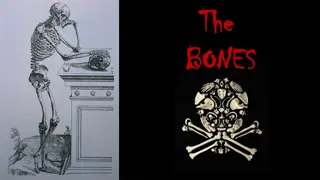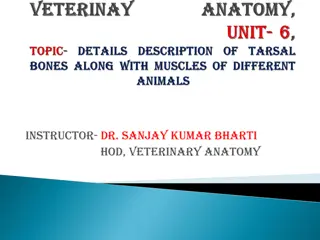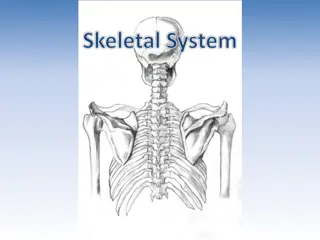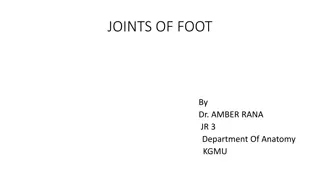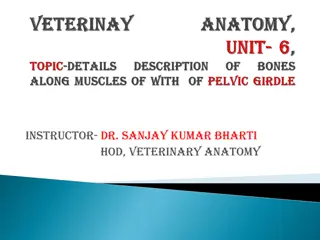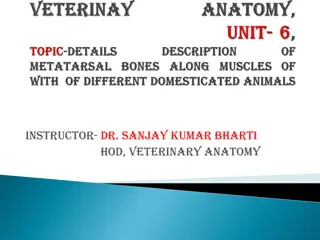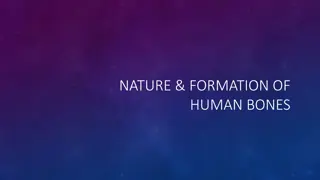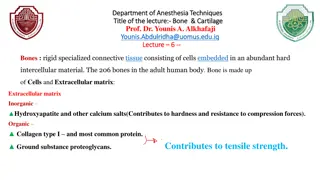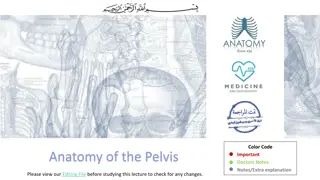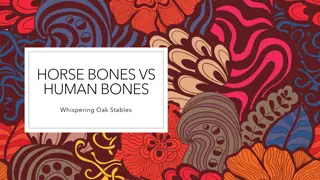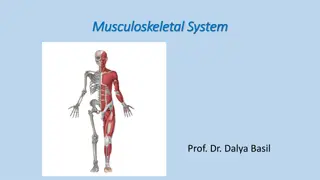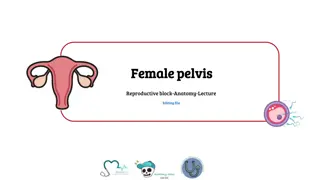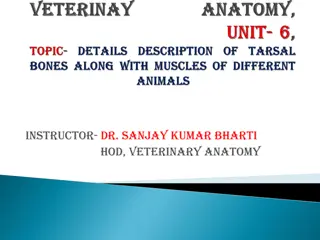Comparative Anatomy of Sesamoid Bones in Various Animals
This content provides a detailed comparison of sesamoid bones in different animals such as ox, sheep, goat, horse, pig, dog, and fowl. It highlights the variations in size, shape, and structure, showcasing how these bones differ in anatomy across species.
Download Presentation

Please find below an Image/Link to download the presentation.
The content on the website is provided AS IS for your information and personal use only. It may not be sold, licensed, or shared on other websites without obtaining consent from the author.If you encounter any issues during the download, it is possible that the publisher has removed the file from their server.
You are allowed to download the files provided on this website for personal or commercial use, subject to the condition that they are used lawfully. All files are the property of their respective owners.
The content on the website is provided AS IS for your information and personal use only. It may not be sold, licensed, or shared on other websites without obtaining consent from the author.
E N D
Presentation Transcript
Instructor- DR. SANJAY KUMAR BHARTI HOD, VETERINARY ANATOMY
Ox It is a large sesamoid bone placed on and articulating with the trochlea of the femur.Look like seasame seed. It looks triangular in shape on their dorsal/anterior view. It gives increased leverage to the extensors of leg. It is irregularly triangular and presents two surfaces, two borders, a base and an apex. The anterior surface is convex and rough. The posterior or articular surface is divided by a vertical ridge into two concave areas of which the medial is larger. The two borders converge to the apex below. The lateral border is convex. The medial border is concave, forms an angle at the base and gives attachment to the fibro-cartilage of the patella. The base faces upward and is irregular and narrow.
Sheep and Goat It is relatively longer and narrower than that of ox. Horse-The base is wide and large. It looks quadrlateral in shape on their dorsal/anterior view. Pig-It is very much compressed transversely and presents 3 surfaces. Dog- It is long and narrow. Fowl- It is wide and thin.
-FIBULA-CALF BONE-OX The fibula in Ox is rudimentary. The head is fused to the tibia and is continued below by a small shaft. The distal extremity or lateral-malleolus is connected to the shaft in life by a fibrous cord. It is quadrilateral in outline and compressed from side. The proximal articular face is concave in front and convex behind. It articulates with the lateral facet of the prroximal extremity of tibia. The distal face has a concave. The medial face presents a curved groove The lateral face is rough and irregular. Sheep and Goat The fibula has no shaft and its proximal end is represented by a small prominence below the lateral condyle of the tibia. The distal end forms the lateral malleolus as in the ox.
Horse It is better developed and placed along the lateral border of the tibia. The shaft is a slender rod, extends down to about the middle of the tibia with which it forms the tibio-fibular arch. The proximal extremity is large and flattened from side to side. The medial face has a facet for the lateral condyle of the tibia. The lateral face is slightly convex and rough. The anterior and posterior edges are blunt and rounded, the posterior being the thicker. The distal extremity -the lateral malleolus is fused to the tibia. Pig It extends the entire length of the tibia.
It is nearly as long as tibia. It is slender, somewhat twisted and enlarged at either end. The proximal extremity presents a facet on the medial aspect for the tibia. The distal extremity articulates with the tibia and the tibial tarsal medially and bears two tubercles laterally, the proximal being anterior
Fowl It is thin rod shaped bone. It is thick above and tapers to a point below reaching the lower third of tibia. The head is massive and articulates with the lateral condyle of the tibia and a presents a facet on its medial aspect for the lateral condyle of the femur.


